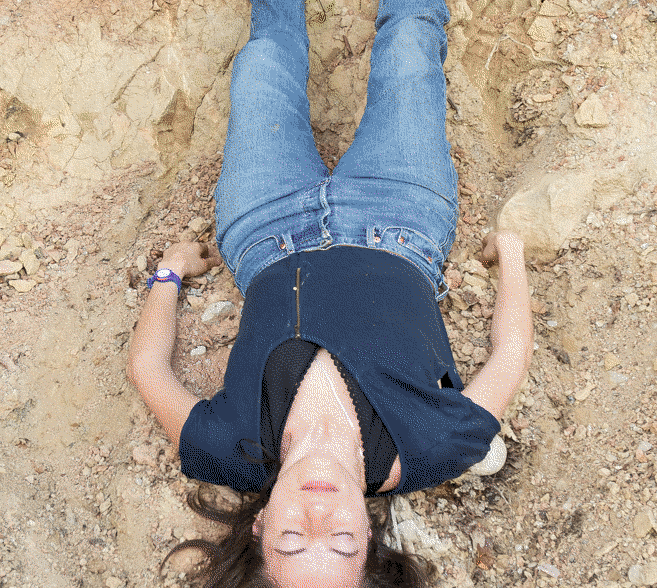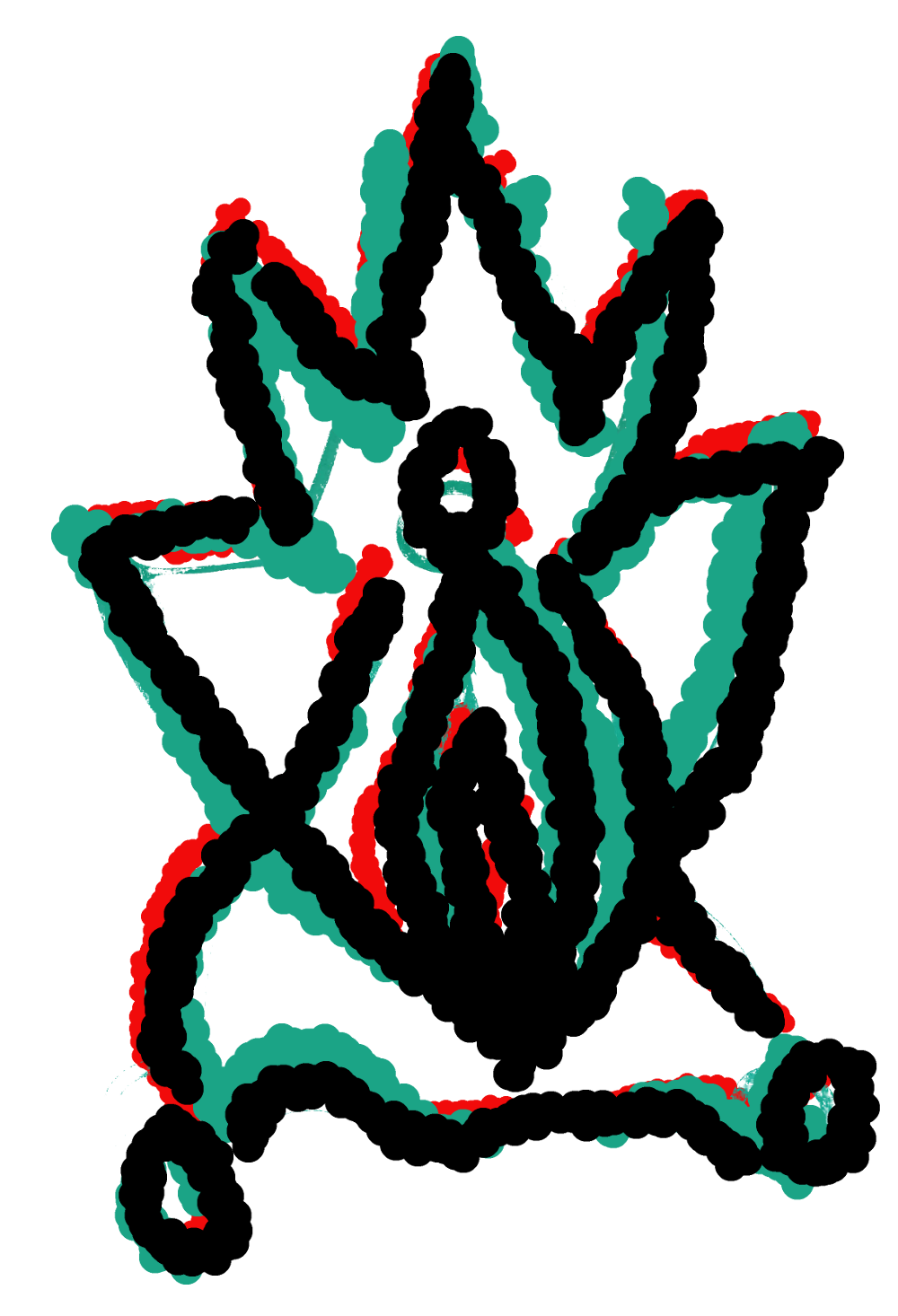

WE are:
Our KIN:
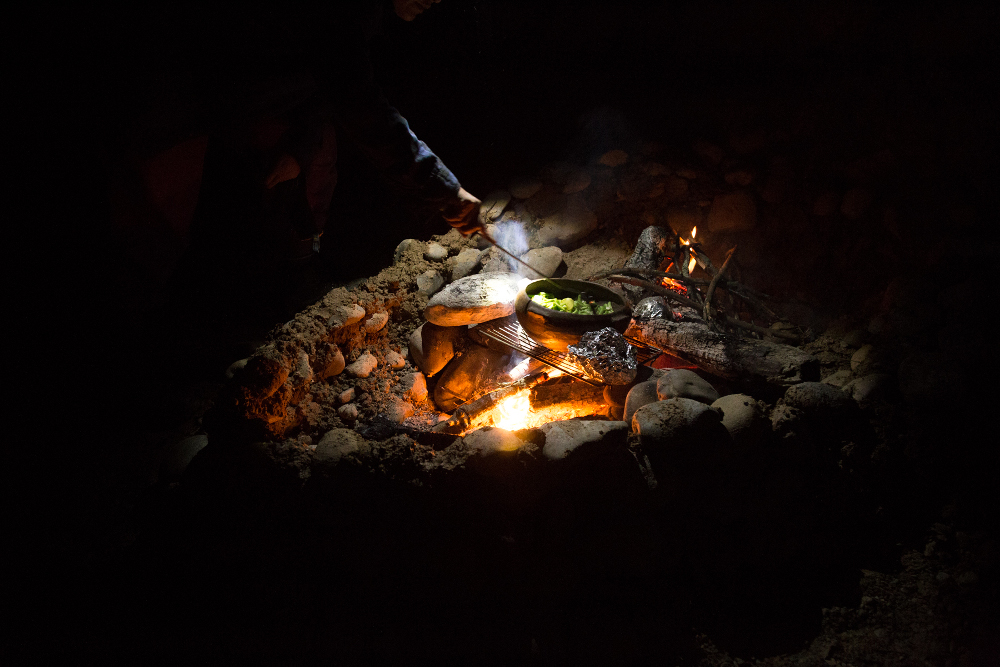
Brujxs Cosechando*
pieza realizada por Carolina Opazo
collection of sounds recorded in
Kaiserstuhl/Hohentengen, 2020
*find more at AOIR.cl
Liminal Kin
sound piece created by Kay Zhang
as part of her sound research about care
2020
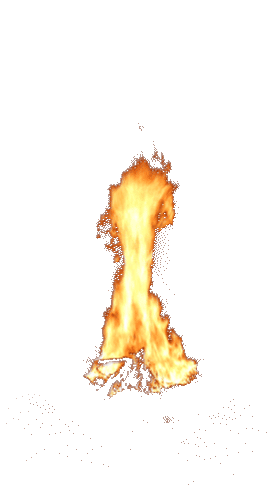
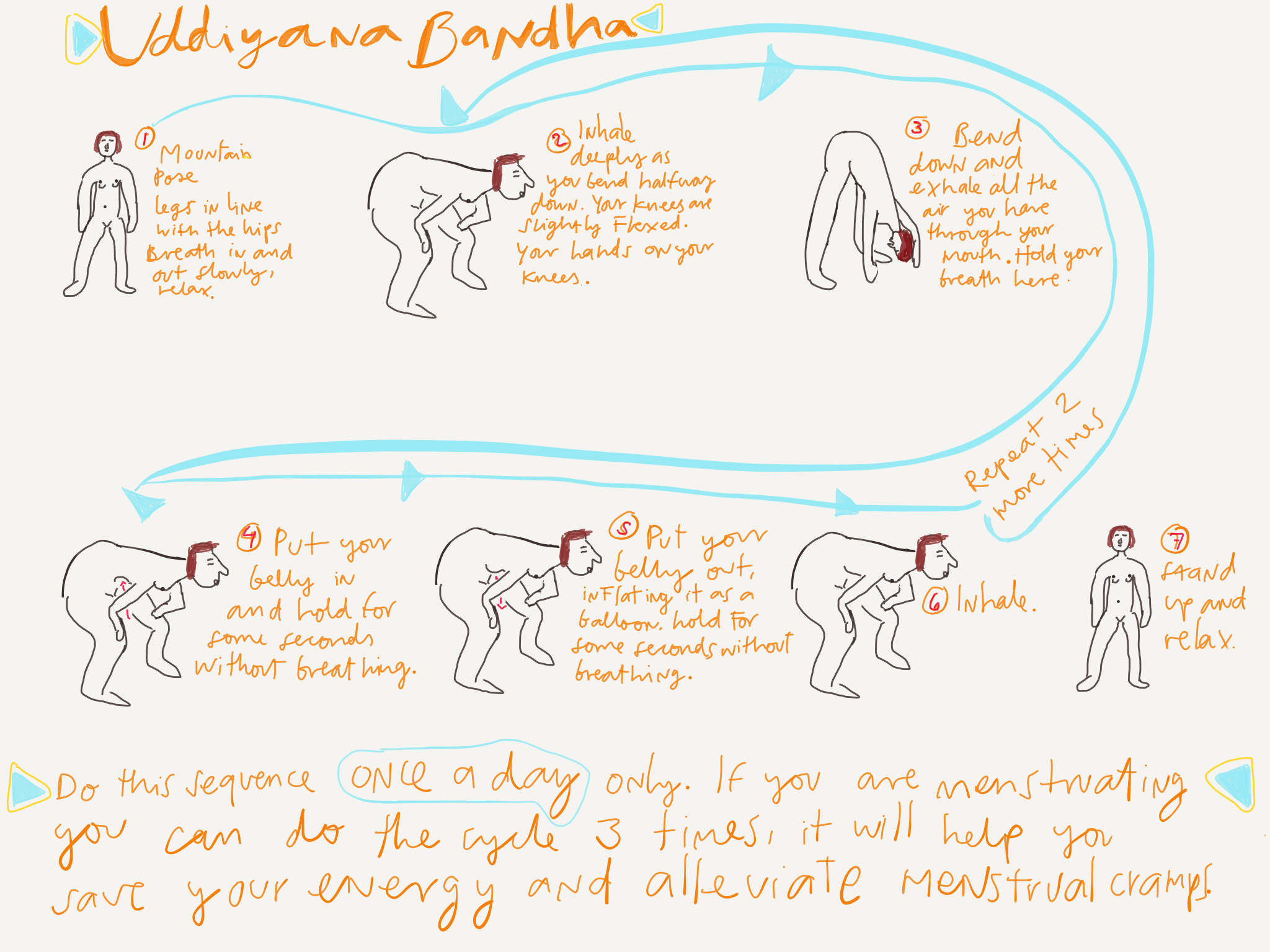
Drawing by Jocelyn López

Rythmic Navigation
this is our intrinsic magic.
buummm, bu da bum buuum buummm,
bu da bum buuum buummm,
bu da bum buuum buummm
tchak bum tchak bum tchak
bum tchak bum tchak
tchak tchak tchak bum
tchak tchak tchak bum
tchak tchak tchak bum
tchak tchak tchak bum
^
^
^
Como las Ñañas, hicimos
chocar las rocas
to greet her, the River.
tchak pac tchak pac tchak pac
tchak pac chak pac tchak pac
bumbum pac bumbum pac bumbum
pac bumbum pac bumbum pac
^
^
^
We asked,
-River,
what is the act of listening teaching us, River?
What is it giving, taking, returning, making sure that, River?
And to which purpose, presence, thing, material, agency,
should we give, take, return, make sure to learn from?-
We screamed,
-River! Must there be a purpose, a gift,
a thing to take or return?!-
River responded in murmurs and splashes.
We then spoke between us in quiet murmurs and splashes.
What was then said, translates as something like this:
We are not an embodiment of River.
We try not to step in her shoes, her flow, color, temperature, her bio-content or border persona. In fact, empathy happened way before we touched her, before we swam her cold waters. Our relationship happened out of imagination of a mutual understanding.
-River is a host. Not a teacher- we murmured.
-Why should we expect to be educated, anyway?- we splashed.
Not every moment is lived to take or give. Not every relationship is about LOSS, GAIN, LEARN, and FORGET.
We navigated
and continued life.

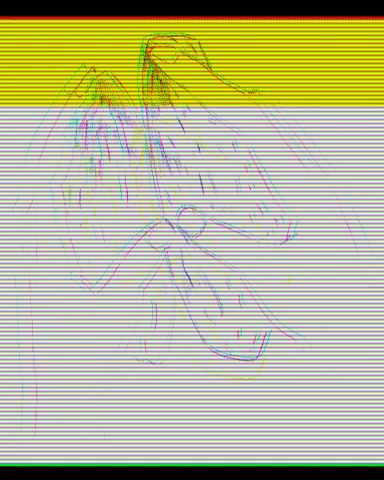
Drawing by David. Animation by Andrea Herrera Poblete
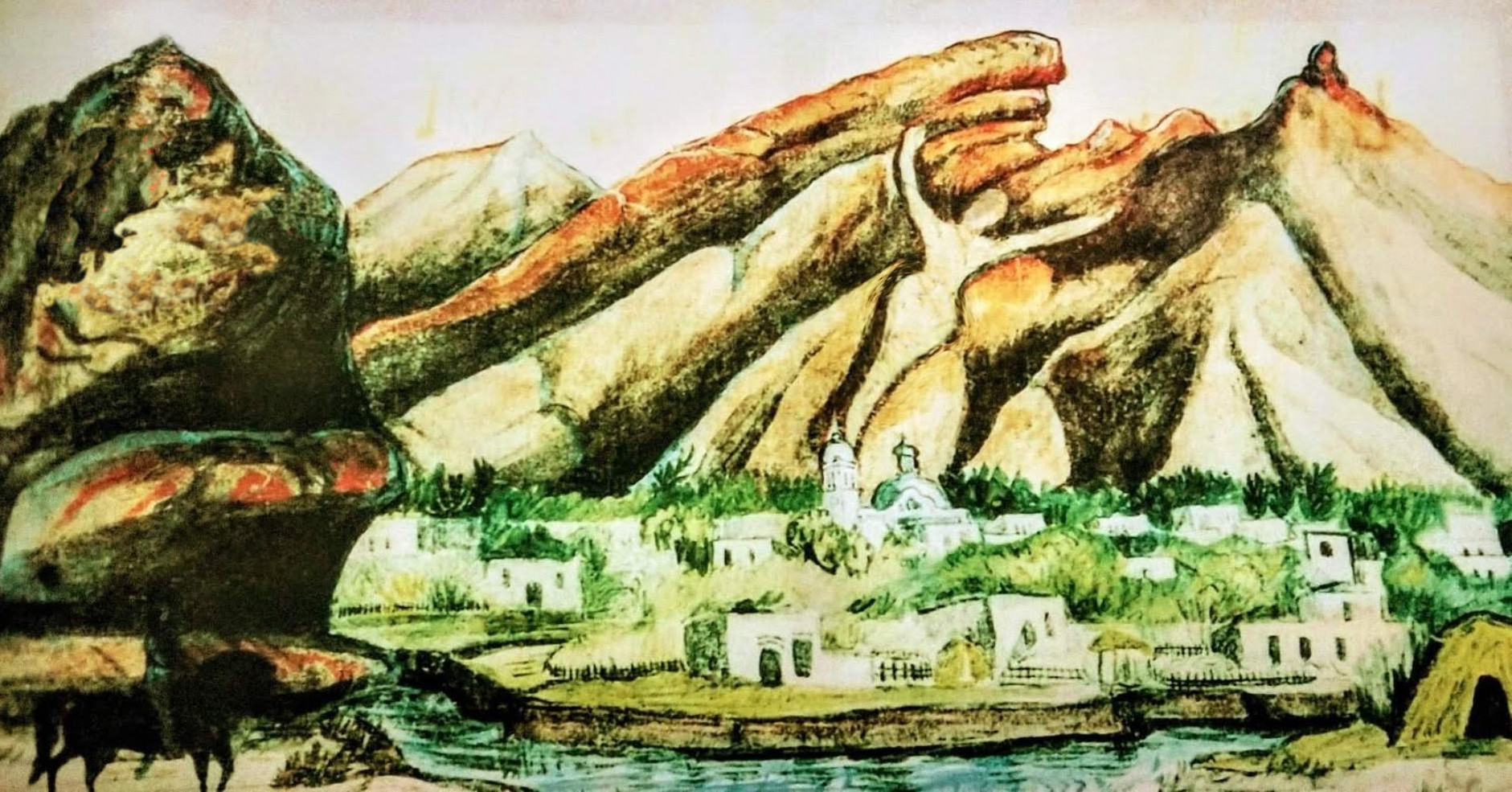
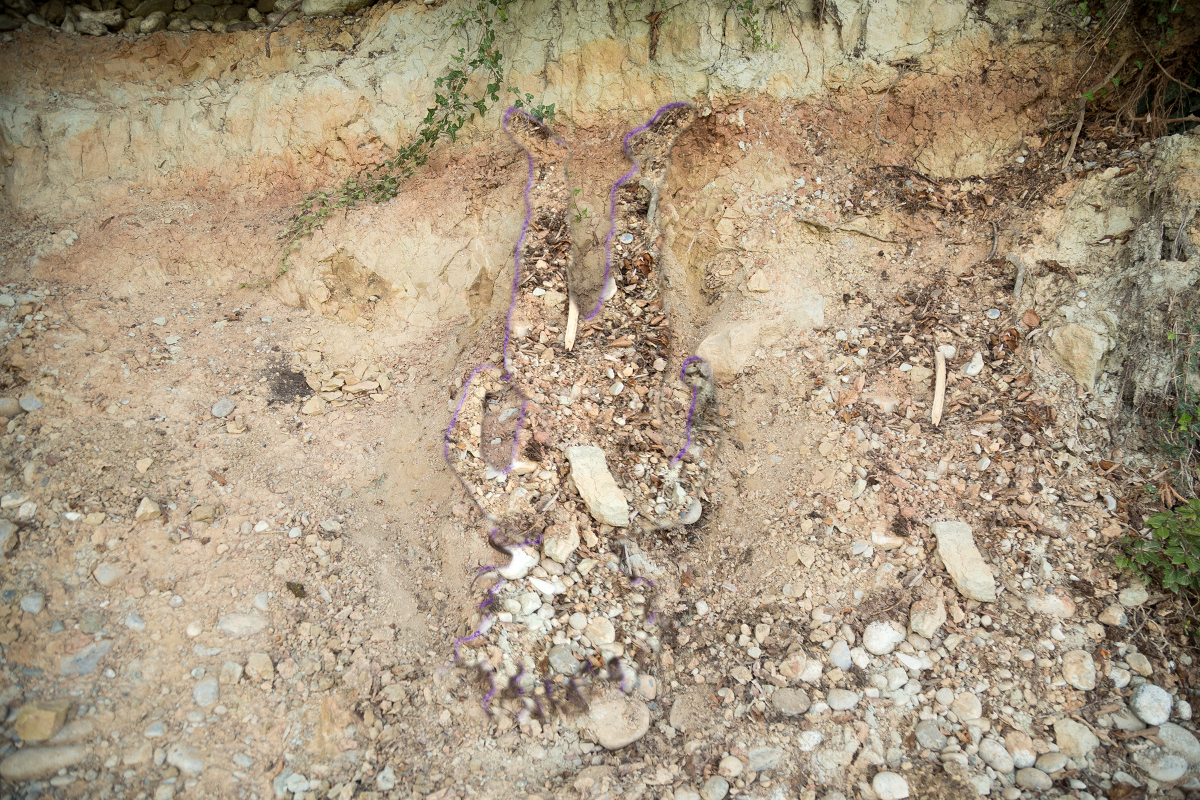
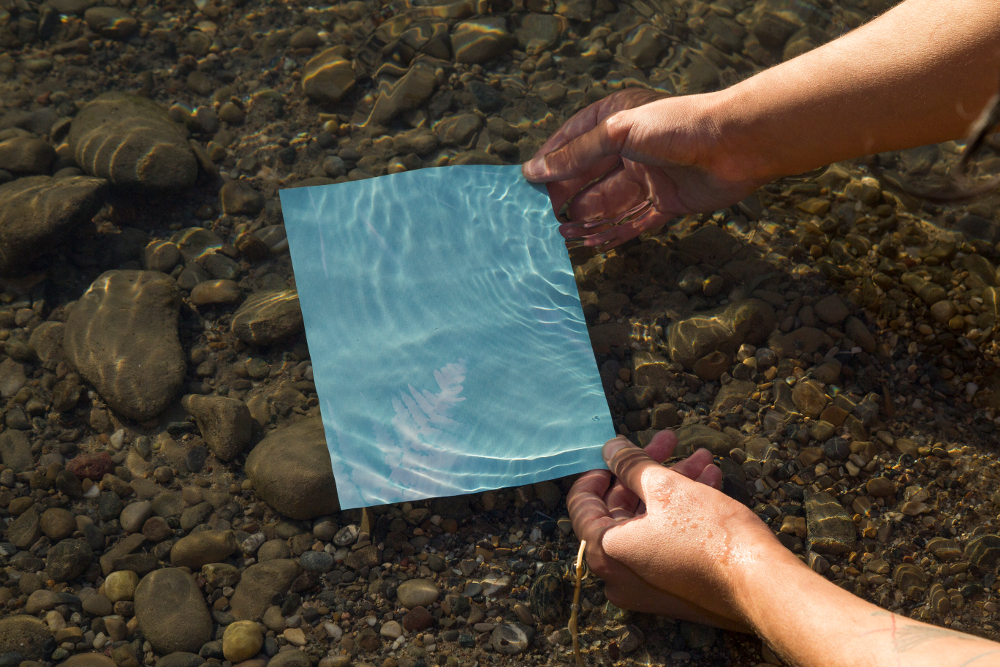

Words and presence by Jocelyn López @mandelasgold. Camera and setting by Adriana Berroteran @nuarnoir.
The series by itself is a complete practice even if only takes 15 minutes. Of course you can always complement this with other meditation techniques, unless it is specifically suggested not to by your meditation guide or teacher. Paloma, Anne-Laure and me were practicing these exercises everyday in Kaiserstuhl. I hope you enjoy the practice a lot, sparking your power and connecting with your body and energy around you everyday!

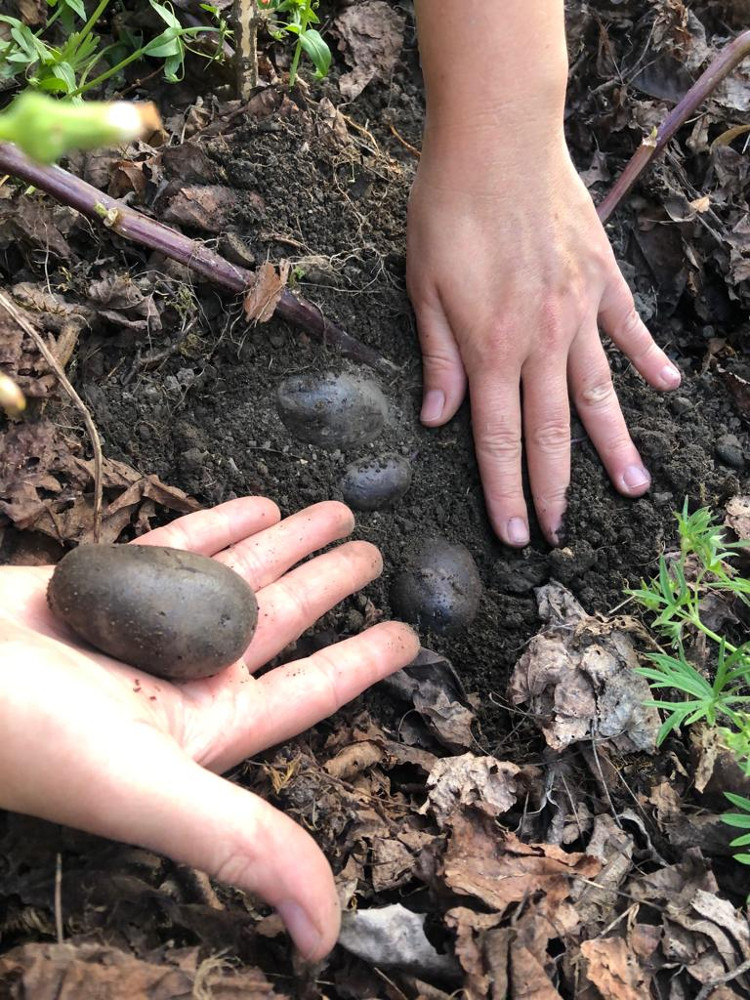
And the two snakes suddenly tightened up to each other, intertwined firmly. As if they were trying
to fit the skin flakes of their skin, one under the other, as if they were pieces of a single mechanism.
Their bodies slipped over each other, making increasing friction. It all started with a movement that seemed almost like dancing. They had never seen each other before, but they knew for sure that they were born from the same material, from the same hand. Their scales were impressed with the same prints, their skin gave off the same scent. They didn't really know how long they had existed, but they knew that they had been created within seconds of each other; and now the urge to merge into a single form was irresistible. No matter what form they would become, the only thing that was certain was that they had to adhere to each other completely. The spiral created by their bodies became thinner and thinner. Any movement different than a centripetal one had become impossible. They did not know the story of Kay Kay and Treng Treng vilù, of their mythical struggle that led to the division of sea and land, to the creation of mountains, birds and fish. But like Kay Kay and Treng Treng vilù, they could not be one without the other. When the fury of their seemingly endless embrace came to a halt, the only thing left on the surface was the end of their tails, also fused into a single protrusion in the upper centre of this new ovoid form, which breathed with a single movement, a unique rhythm. In its exact middle there was a hole, barely ajar, almost as if it were a wound, from which the breath started and through which life could pass. They did not know the story, the two snakes, they had never heard it, but their flesh knew, their scales suggested to the world that they could not exist without each other; and that, in order to generate and give life, they had to commit to this endless embrace.
The world in which the two snakes lived was made up mainly of dust and water, it was a world in which substance had a life of its own, in which the movement of one form inevitably conditioned that of another, and the only possible motion was that of seeking, to generate and regenerate oneself. The exchange between what happened on the surface and what lived in the profundity was continuous and inevitable, as was the fragmentation of forms and the mixing of materials.
Sometimes the air was crossed by flying organisms, most often spherical, which had decided to become lung, containers of breath and stories. Perhaps, these spherical organisms came from an external world, nobody knew it for sure, but it was known that they were keepers of whispered words, that, keeping on blowing, allowed them to hover in the air. One day, one of these organisms, decided to go stretching downwards. To do that she has to open more of her own sphere to the outside world, creating a gap in her almost closed form. In her
continuous wandering, from time to time, she happened to carry passengers who otherwise would not have been able to fly in the air. Her balloon collected their stories and used their breath to keep flying. The stories and the breaths mixed inside her body, and when the wind took out moments
from them, these were now made up of a thousand fragments. All these fragments were coming from as many different mouths, and the stories that were blown into the air no longer had an origin, but continued to tell themselves always different. The more time passed, the more easily it happened that these fragments of stories, eternally migrating in the air, met, knotted, merged and enlarged, like a cloud that, as it passed, collected the thousands of droplets in its path.
It was from the encounter of a hundred and more fragments that the history of the island of volcanoes was born. It is said that in the beginning the island wandered under water, when her rind was still made of hard, lifeless, resistant and hostile matter. She was built to explore, observe, spy and transport; her body was forged from hard metal to allow warlike passengers to cross and plumb the seabed. No one knows for how many years she wandered, but suddenly, one day, she decided to stop. She decided to rest slowly on the seabed, letting herself be: enveloped by the surrounding materials, crossed by the living creatures in the water. She decided to anchor herself to the seabed; she chose a place in which to sink her roots: after so much wandering, she had found her place.
With the passing of time the substances around her began to adhere more and more to her body, and gradually transformed it. As time went by, her rind changed, now contaminated by the life
around it, hybridized with everything it came in contact with; and the more the rind grew and
transformed, the longer the roots grew into the ground.
Until one day - perhaps the day of the snake dance, nobody knows for sure - a sudden and violent seaquake turned the world upside down, and the island, firmly anchored to the seabed, for the first time found herself observing the sky. Her body, now in contact with the air and exposed to
sunlight, starts to change. Her roots had penetrated so deep that they had reached the lava present
in the heart of the world, and they were now ready to become pulsating veins, to transport that liquid to the welcoming centre of the body which had become home, which had become matter
capable of generating other matter. And this is how the island became an island, positioned at the
centre of the world. The four observation towers became four volcanoes which, following a circular rhythm, erupted lava to feed the fertility of the soil and release matter into the
surrounding waters. The island was inhabited by many creatures, and many others stopped to rest
on her passing by sky and sea.
One of those that from time to time landed on her beaches in search of a brief moment of rest
from her continuous wandering, was a creature unable to stay still for too long, and unable to
maintain a stable shape. In the first period of her life she was constantly changing aspects,
sometimes even after just a few seconds. There were times when she happened to move in such a
changeable state that she had several forms at once to cross her body. As time went by, and after
so much changing, she finally found a state in which she could recognize herself a semi-stable
structure that allowed her to continue to travel through water, air and land. She kept changing
shape, this is certain, but she had found - or perhaps we should say she had chosen - three structural states in which her body could mould, opening her wings to take flight, stretching and multiplying as tentacles to move in the depths of the sea and, finally, hardening and articulating
them to be able to walk on land. Her primary task was collecting stories all around and helping them to travel through her body. She was one of the main weavers of her period: intertwines stories by her wandering, to keep stable the structure of the world.
Among the other - many - creatures that inhabited the island and its surroundings, there were two almost opposite in their being, one of the earth and one of the sea.
The first was born from a lava puff coming directly from within the world, and was the only creature in the all word keeping a stable shape. She was a very old being, perhaps the oldest of
them all, and belonged to a time when it was not yet known that bodies could mutate, and all creatures lived enclosed in one form, one role for all life. Since there were stable and unchanging
bodies, at a certain point roles and hierarchies were created, and these were brought with them
power dynamics with which it was thought, it would be easier to govern the world. Fortunately this
happened a long time before, and now she, the only survivor of that world, had decided to keep her
form unchanged in order to remind everyone of that past and never wanted again. She lived in the
belly of the island, under a volcano, and from there she collected the stories of the world by
perceiving its vibrations with her body, through the living matter of the world.
The second was also very old, almost as old as the first, and also lived in a body that, by choice,
did not change shape, but gender. She was a creature that based herself on the relationship, on the other, on who she met. It was always her, always the same, but every time she met another
creature, she changed a little bit. It was mainly an inner changement. She lived in water, she preferred it to the other elements: water allowed her to keep fluidity in her body and in her being; to move easily and with a sinuous motion, peeling among the particles of matter. Like the first one,
she too witnessed a different past period. She, too, was the only one left of her species, but unlike the first, she lived in a state of continuous wandering, of continuous encounter. Almost as if she
had to take her story to every corner of the world, take it to the most remote recess.
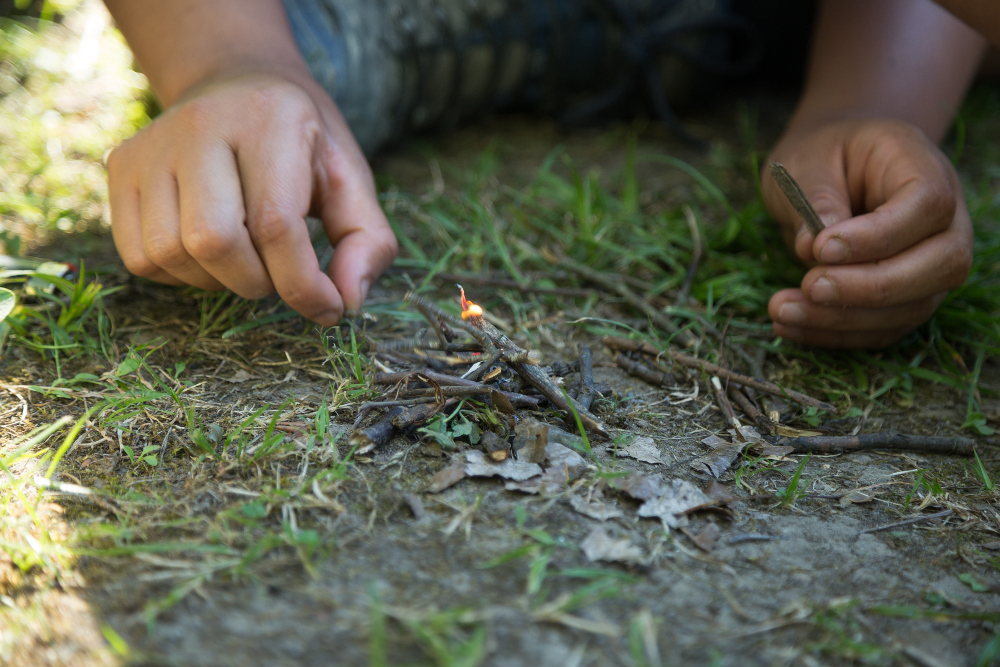

Storytelling voice is Caterina Giansiracusa reading 'Sur' by Ursula le Guin. Video filmed by Andrea Herrera Poblete, edited by Paloma Ayala

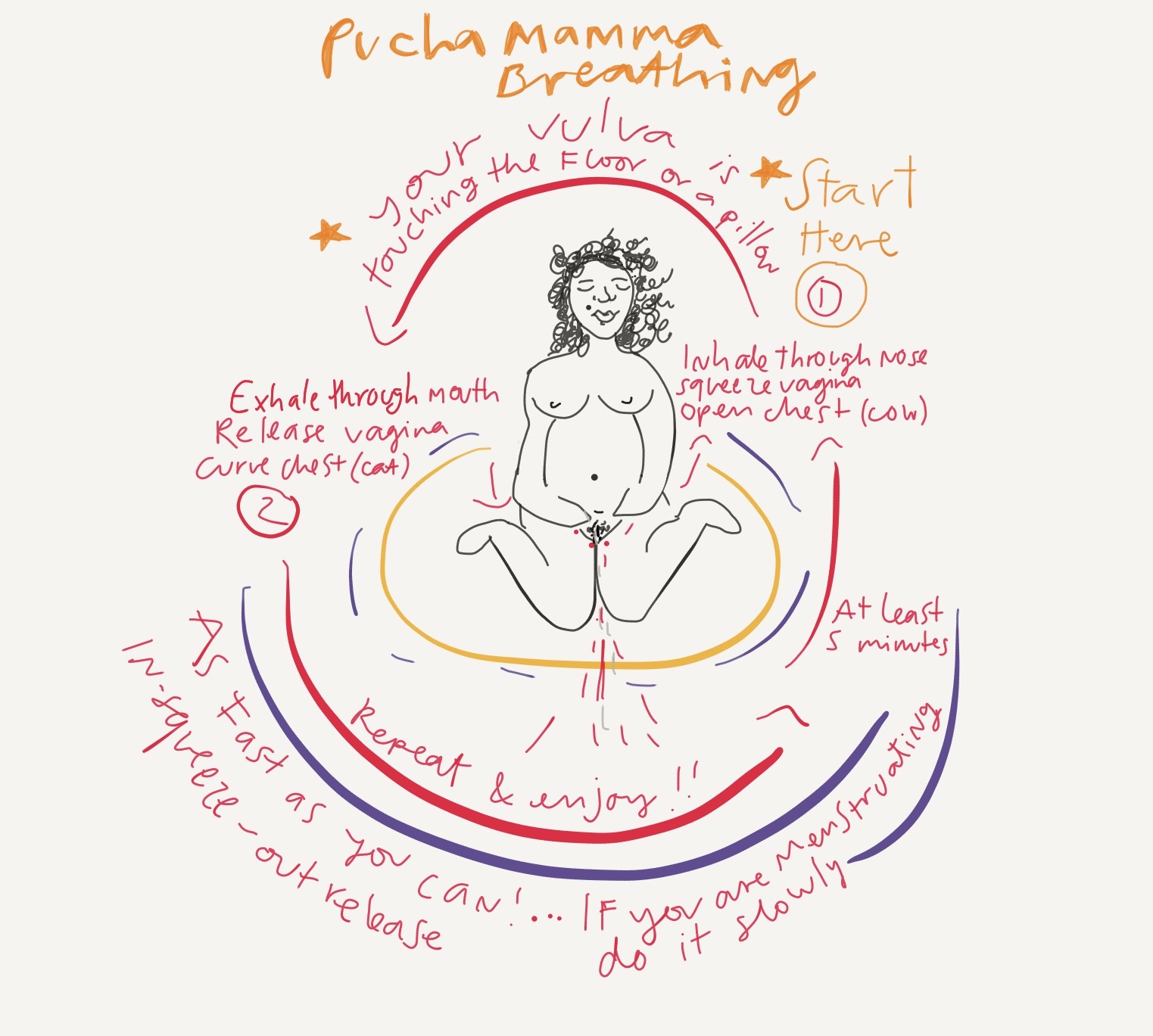
Drawing by Jocelyn López

AND NOW:
I am an immigrant.
I am a scientist, a virologist, with two PhDs, one of them obtained in the Netherlands at a prestigious university. I speak perfect Spanish, fluent English, basic French, some German, and a bit of Dutch. I have published in international scientific journals and given talks in international conferences. I pay taxes, recycle, wait for the green light to cross a street.
These credentials do not take away any prejudices against the immigrant status, but I thought they would make me more likable. Fine, I am neither white nor blond, but who wouldn’t want to have me as an immigrant? I am the nice and friendly immigrant that both left- and right-winged groups would want.
Well, this is the chronicle of a good immigrant against the German immigration system.
Episode 1.
Congratulations, you are married to a German
I left France after an intense period of work in a first-class scientific research institute.
On January 3, 2020 I got married to a German citizen that I also happen to love.
My new life was ahead of me. All the plans were set.
Episode 2.
The wife´s visa
Nobody told me that there is a waiting time of 3 months to get an appointment in the German Embassy in Paris.
For those of you who have no immigration experience, a visa is not the same as a residence permit. The appointment in Paris was to ask for a family reunification visa, a document that would give me the right to enter Germany. Once you are in Germany, you can apply to the residence permit, the document that allows you to exist there for longer than 90 days.
But in my case, I was already in Germany holding a French residence permit! Can I skip the visa step because it makes no sense and just directly apply to the residence permit in German soil?
“No”, said the Auslaenderbehoerde (Foreigners Administration Office) in Stuttgart. “You have to go to Paris”.
But it makes no sense, I thought. Let´s call a lawyer.
Episode 3.
The refugee
The lawyer sent the Auslaenderbehoerde a set of legal documents with legal arguments explaining why legally I should be allowed to skip the visa step in Paris. Attached were a copy of all my diplomas and qualifications for them to be aware that I am a highly educated immigrant. You know, the super likable one.
After a couple of months, the Ausländerbehörde decided to send my case to the Office for Refugees. Because… well…
And then the bomb exploded.
The Office for Refugees´ official reply to my request was:
• No, you have to go to Paris.
• You entered Germany illegally.
• Your 3 months of being able to be in Germany expired.
• You have to leave the country.
• If you do not leave, we will send you the police.
• Meanwhile, you have to give us your passport and traveling documents.
Yes, I got an official letter from the German government stating that I broke the law, threatening me with the police, and treating me as if I would be a criminal that could escape the country any minute.
I could not believe it.
I was shocked.
I cried a lot.
I felt humiliated.
Since I am a nice immigrant, I left Germany within the legal time I was given by the German government.
Episode 4.
Back to France
On July 1st I had the appointment at the German Embassy in Paris. It just took me 6 months to get it. Three months of the average waiting time plus three months of delay because of the COVID-19 situation.
Afterwards I was forced to stay in France because it was illegal for me to go back to Germany, even to visit my husband.
The German government had officially kicked me out of their country.
Episode 5.
It is not our problem
I moved to Strasbourg to wait for the wife´s visa to be approved.
After 2 months of waiting I started to get nervous. My French residence permit was going to expire by the end of September and without the German wife´s visa, I was obliged to leave Europe.
Yes, we immigrants have expiration dates. Very much like food in the supermarket.
My German husband called the Ausländerbehörde in Stuttgart to ask - in German language - for my case. “What if her residence permit expires? Will she have to go back to her country?”
Their answer was very simple:
I am not their problem. Good to know.
Episode 6.
La Petite France
Me: France, are you there?
France: Yep, how can I help you?
Me: I know I have complained a lot about you, but I need some help here.
France: Yep, I´m listening.
Me: My residence permit is about to expire, and I have no income.
France: No problem. Here you have a new 2 years residence permit and your Chomage (unemployment benefit) that you of course deserve because you worked for us for 3 years.
NOW
I am angry.
Did you know the Auslaenderbehoerde in Stuttgart is famous for being one of the worst in terms of service, transparency and communication, in Germany? They argue that they are understaffed and overwhelmed by the thousands of visa applications they get every week. Somehow, they think that it gives them the right to treat people like shit.
I know it is not personal, because probably they are treating many others like shit.
I have noticed that German people do not know that. They think that coming to their country is an easy process, specially being an immigrant “like me”. Some are even proud on how friendly Germans are to foreigners, unlike the French.
But it is not true.
I still cannot believe what I have gone through. It is beyond my imagination what other immigrants, the “illegal”, the real refugees, the ones that have no economical support, the terribly vulnerable populations, must go through.
Ten months after getting married to a German, I am still waiting for my wife´s visa.
I am exhausted.
And angry.
FUCK YOU Germany for treating me like shit, like a criminal, like I do not deserve a place there. FUCK YOU for your lack of empathy.
Frau Dr. X,
the good immigrant
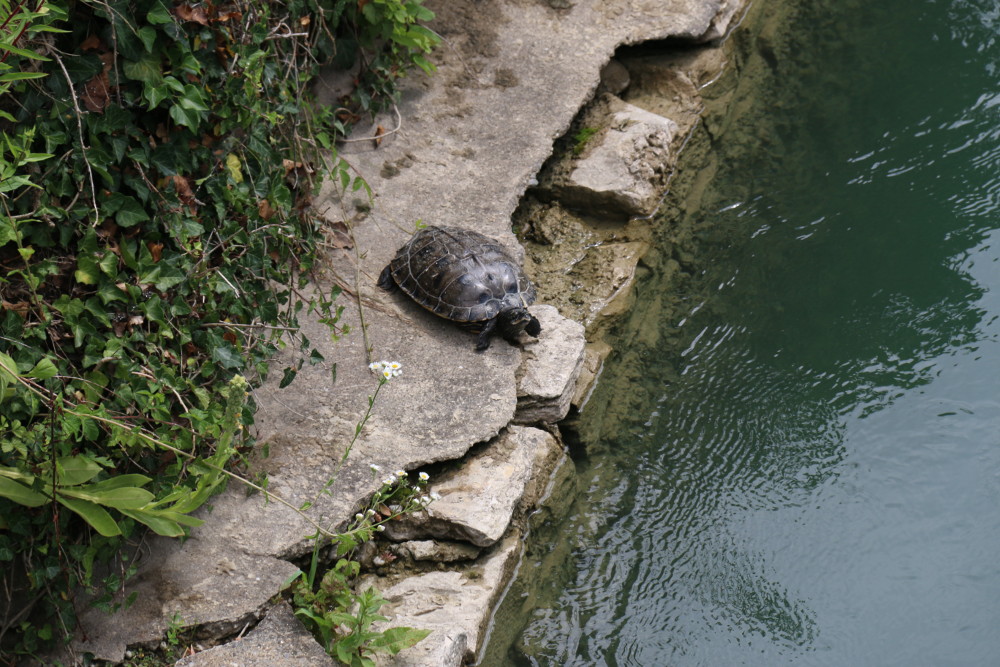

Video filmed by Andrea Herrera Poblete, edited by Paloma Ayala

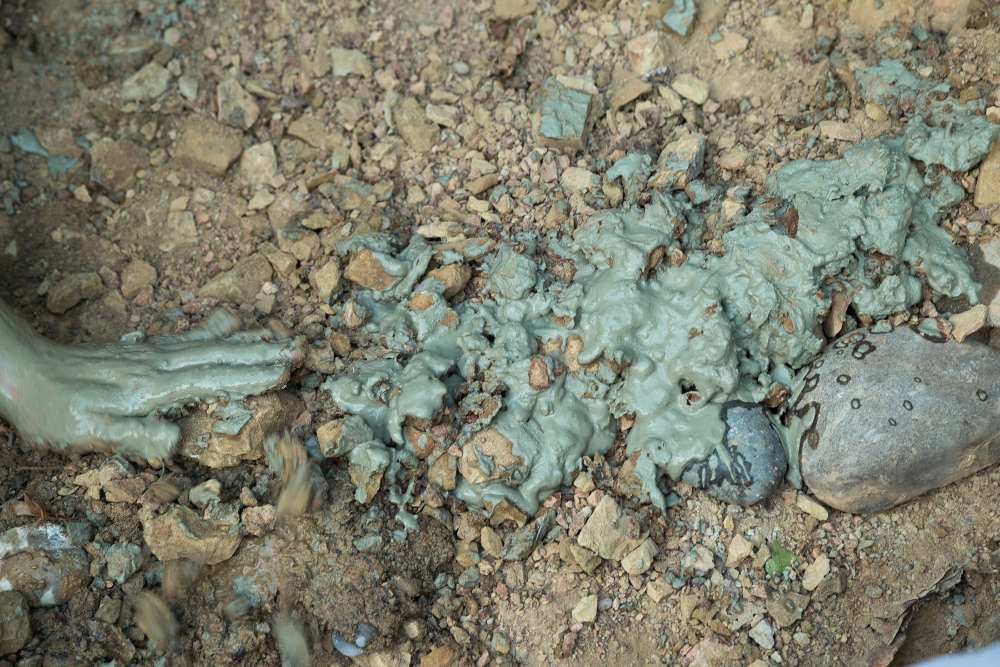
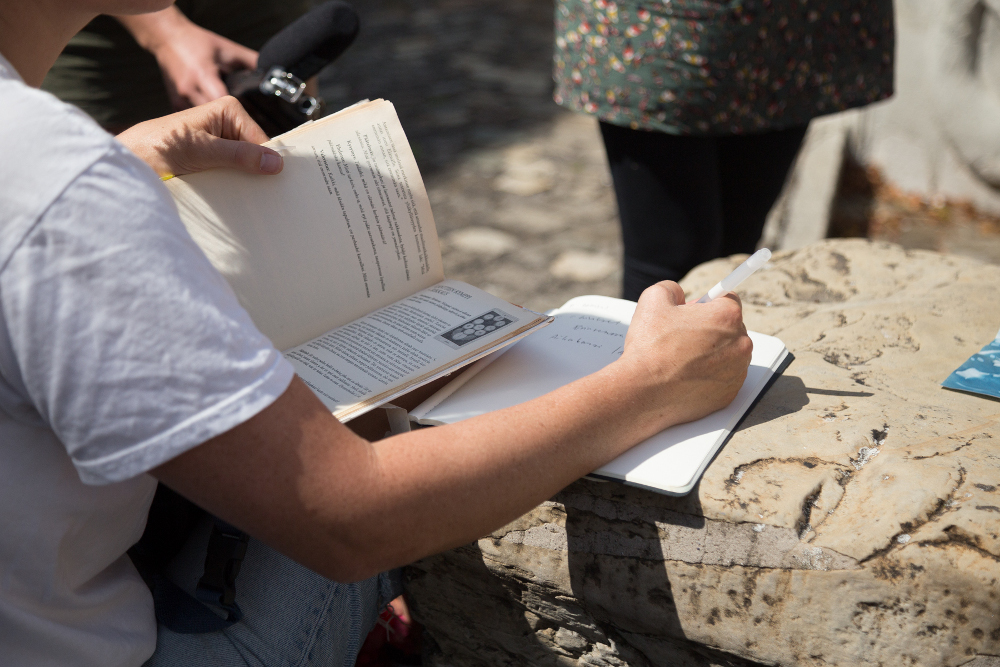

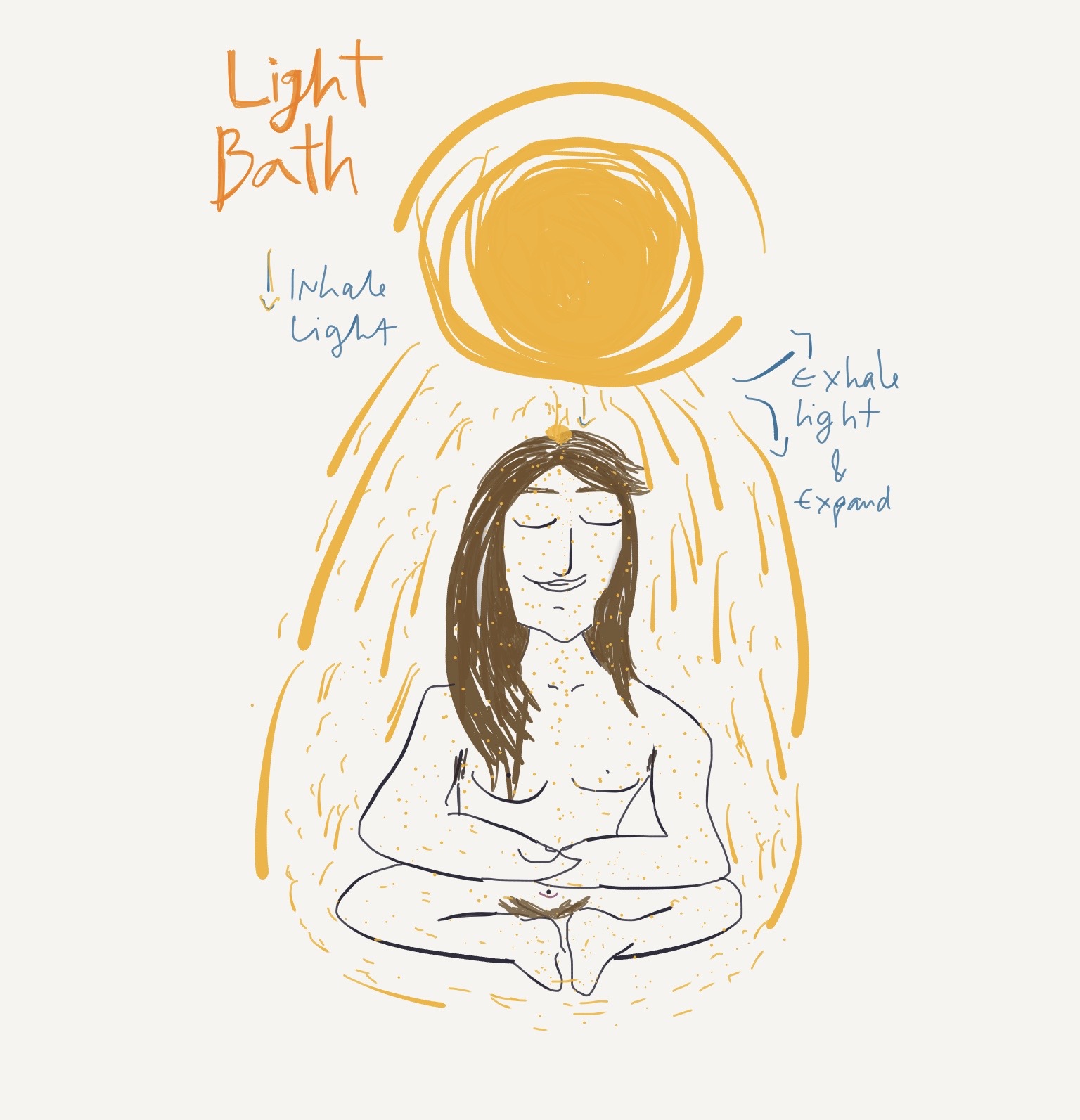
Drawing by Jocelyn López

This website was pleasurably coded and put together by Paloma Ayala
Edited by PlanteSorcières -Caterina Giansiracusa and Andrea Herrera Poblete-
Photographs by Andrea Herrera Poblete and Laura Rodriguez
Typesets: FIREPROOF, MashedPotato, Firework
2020
